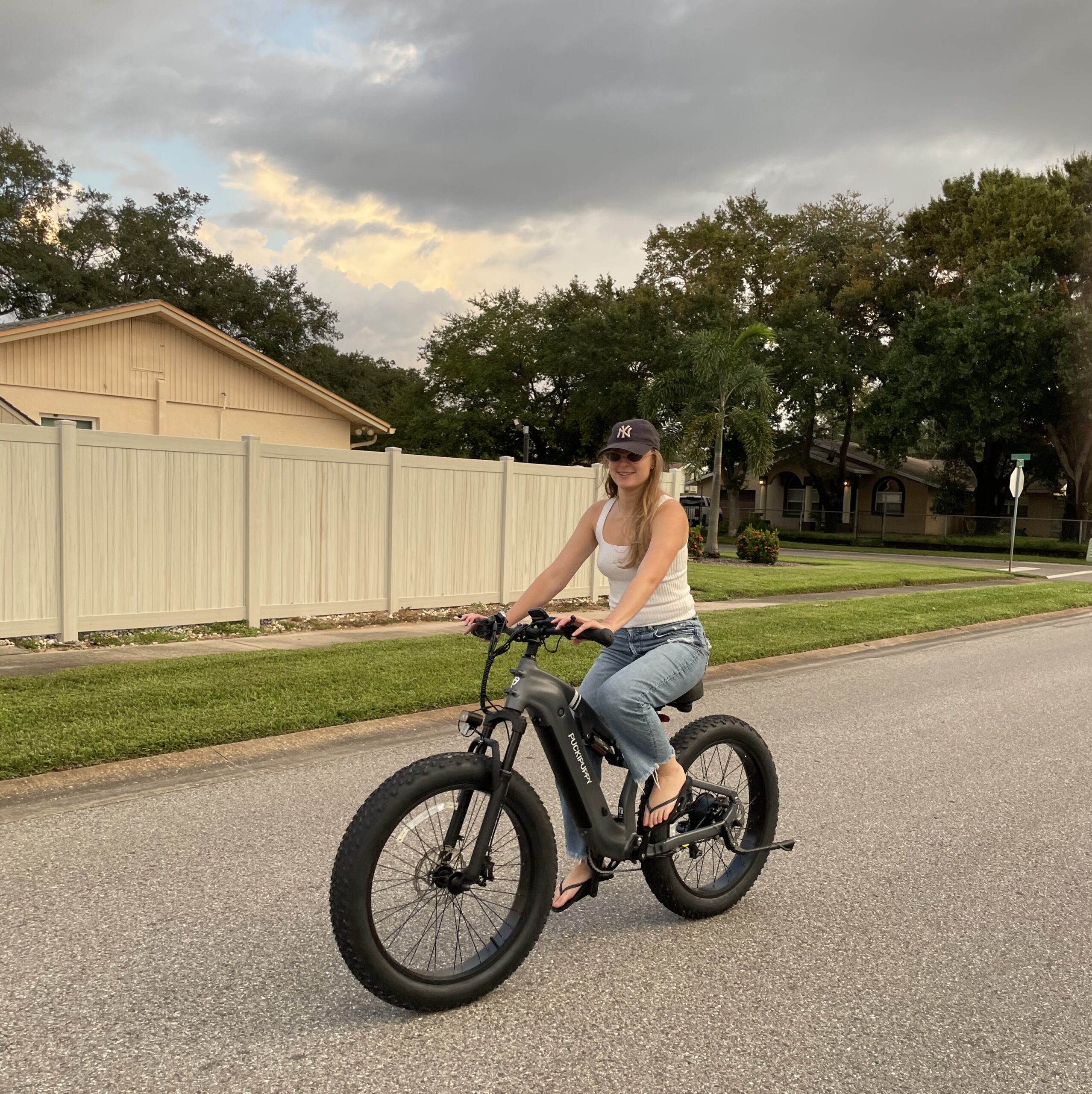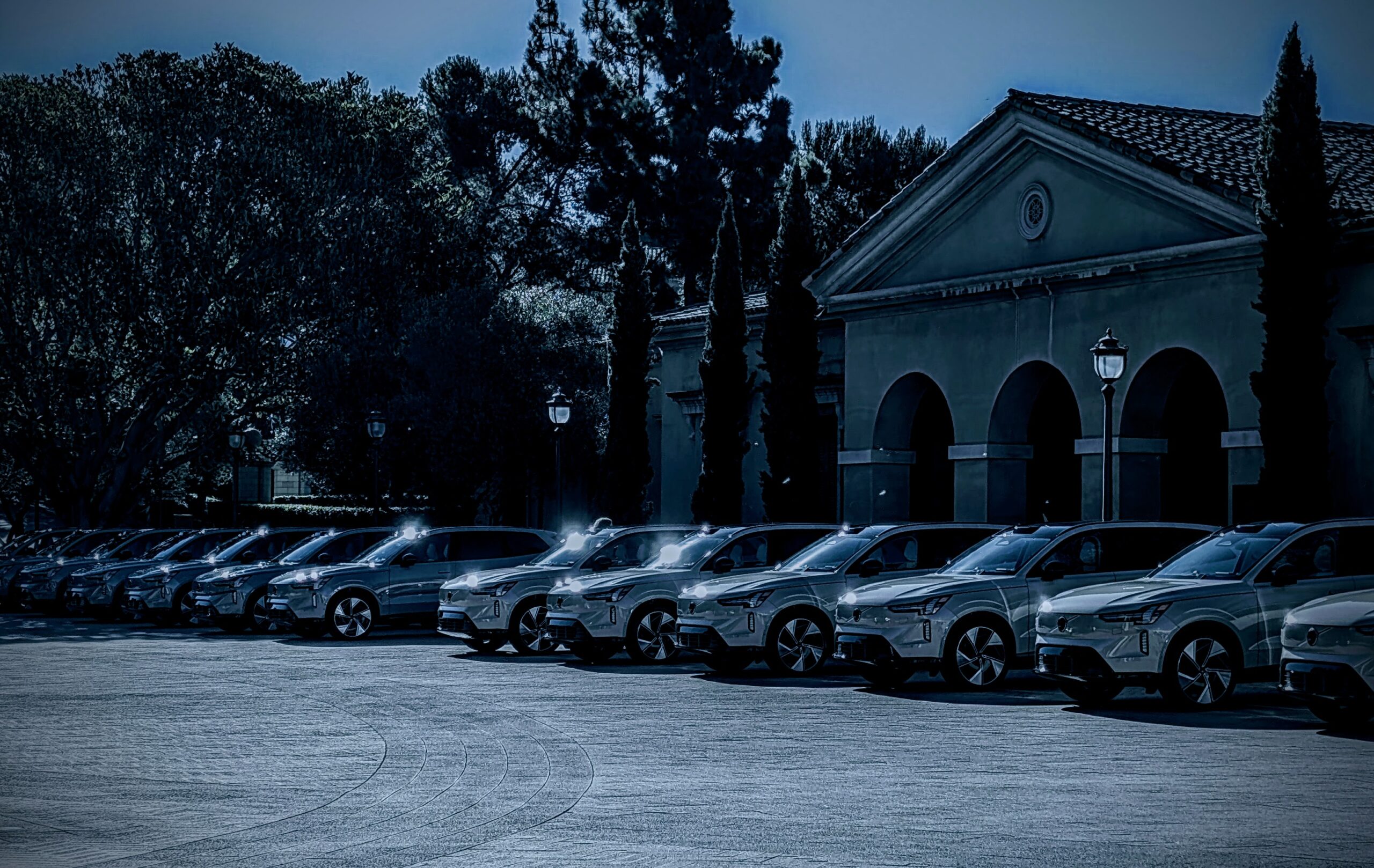Sign up for daily news updates from CleanTechnica on email. Or follow us on Google News!
The crazy dream of a flow battery electric car really is not so crazy after all. Last year, the European tech firm nanoFlowcell set up a US office to pitch its new QUANTiNO twentyfive electric car featuring new flow battery technology, and now the company is hatching plans for a whole US flow battery ecosystem to produce the fluids that make flow batteries flow.
The Flow Battery Electric Car Of The Future Is Already Here
Flow batteries work on the principle that two specialized fluids can generate electricity when they flow adjacent to each other, separated only by a thin membrane. The liquids are stored in separate tanks until called into use.
Compared to lithium-ion batteries, the advantages of flow batteries for an electric car include non-toxicity, inflammability, longer range, and shorter fueling time. However, that’s not as simple as it may sound.
Flow batteries are not particularly new, but earlier versions tended to be far too large to fit into a car due to their low energy density. Recent improvements in energy density have created an opening for flow batteries in the long duration energy storage market for stationary applications. However, downsizing them for mobility has seemed far off in the future (see more flow battery coverage here).
Still, science loves a challenge, and researchers have been steadily chipping away at the energy density issue. Small-scale flow batteries are already appearing on the horizon for home energy storage applications, and now here comes nanoFlowcell with its new electric car.
A New Electric Car For The USA
Back in 2019, CleanTechnica reporter Jennifer Sensiba took note of NFC’s QUANTiNO test vehicle, noting that “a good flow battery shouldn’t degrade very quickly, and may go for tens of thousands of hours before needing any parts replaced.”
By that time, the electric car had already been driven for 10,000 hours and almost 220,000 miles. “The vehicle’s flow battery showed no signs of damage to the membrane or the pumps, and didn’t seem to have suffered any wear at all,” Sensiba reported.
In the test car, the tanks holding the electrolyte fluid were stashed in the trunk. Several years and some pandemic-related delays later, the latest version of the QUANTiNO electric car is ready to roll, with tanks built into the body itself and a driving range of up to 2,000 kilometers (almost 1,242 miles) on a single fuel-up.
In December of 2022, NFC announced the creation of a US subsidiary of the same name, to be headquartered in New York City. Apparently the electric car is only part of the plan, which also includes stationary energy storage and robotics.
“The tasks of the US branch of the Swiss-originating research and development company are the adaptation of the nanoFlowcell® flow cell technology to US-specific applications as well as the development of new market-specific nanoFlowcell® applications,” the company explained.
Still, the car is front and center. Several cars, from the looks of it. The US branch is tasked with laying plans for “series production of the QUANT E-models as well as the construction of a large-scale bi-ION® production facility,” the company stated.
Last June, NFC also showed off its QUANTiNO twentyfive signature model at the exclusive Top Marques supercar show in Monaco. The car is “powered by a nanoFlowcell flow cell system, using clean energy from regenerative power sources stored in the nanoFlowcell’s proprietary electrolyte liquid bi-ION,” the company explained.
Ummm…What Is This Stuff?
As for what bi-ION is, that’s a good question. It’s basically saltwater, but not just ordinary saltwater.
NFC explains that the production process starts with an energy efficient water purification step that avoids stressing potable water resources. It can be used on seawater or even heavily polluted wastewater.
The purified water is then treated with both metallic and non-metallic salts. The secret sauce is the proprietary bi-ION molecule, which NFC describes as a “specifically designed energy carrier.”
“The charge carrier we’ve pioneered enables a significantly higher concentration compared to prior electrolytes in conventional flow cells,” NFC explains. “Unlike the massive electrolyte tanks found in stationary systems, which often span thousands of litre, our QUANTiNO 48VOLT achieves equivalent performance with a tank volume comparable to that of a standard car.”
That’s still not giving away much, but the proof is in the pudding. NFC claims an energy density of 600 watt-hours, providing for five times the range of a comparable electric vehicle with lithium-ion batteries.
The company also emphasizes that its formula is refillable, making it possible to fuel up quickly rather than waiting around for the battery solution to recharge.
Why The USA?
NFC credits the 2022 Inflation Reduction Act with helping to spur the company’s choice of a US launch.
“With the accelerated expansion of renewable energy under the Inflation Reduction Act in the U.S., NFC expects the cost of electricity from solar power to be relatively low in the future, which will further strengthen the competitiveness of energy sources such as bi-ION®,” the company explains.
“We need to make energy from renewable energy safe, storable and transportable to drive environmentally sustainable economic growth. This requires a well-thought-out strategy and the development of the appropriate infrastructure,” adds Nunzio La Vecchia, the company’s CEO and CTO.
If all goes according to plan, NFC’s footprint will spread far beyond the electric car.
In the 2023 edition of its online publication FLOWmagazine, NFC describes “an integrated R&D as well as production complex for nanoFlowcell® membrane manufacturing, the production of powerful electric motors (up to 140kW) with integrated power electronics, chip manufacturing as well as bi-ION® electrolyte manufacturing and QUANT production.”
NFC also notes that it already has US relationships and sourcing lined up to ensure the QUANTiNO twentyfive can be all-made in the USA.
So, When Is This Flow Battery Electric Car Actually Going To Happen?
There was also a mention of an upcoming US tour for the QUANTiNO twentyfive, so stay tuned for more on that. CleanTechnica is reaching out to NFC for any additional updates, and for any available details about its electrolyte formula. We’re interested to know if a hydrogen flow battery forumula is in play. Hydrogen has surfaced in the flow battery field before, and NFC has been dropping hints. The company’s emphasis on access to renewable energy indicates an interest in green hydrogen.
If you have another guess, drop us a note in the comment thread. Meanwhile, NFC is not the only startup looking to introduce the flow battery electric car of the future to US auto buyers.
The Chicago startup Influit has also crossed the CleanTechnica radar with new flow battery technology supported by the US Department of Energy and Department of Defense. In 2021 we noted that Influit is “targeting the electric vehicle market for its variation on the flow battery theme, which it has dubbed the ‘Nanoelectrofuel Flow Battery.’”
In the summer of 2022 Influit was reportedly considering the idea of picking up its nanoelectrofuel flow battery and moving to Texas, but cooler heads prevailed. In November of 2022 the company moved its headquarters into a new, larger space in Chicago.
“Capitalized with more than $17 million in defense and federal contracts, Influit has grown exponentially and has won defense engagements for the electrification of various military platforms and government agencies including DARPA, NASA, the United States Department of Energy and the United States Air Force,” the company explained of its plans for expansion.
Follow me @tinamcasey on Bluesky, Threads, Post, and LinkedIn.
Image: QUANTiNO twentyfive electric car features new flow battery (courtesy of nanoFlowcell).
Have a tip for CleanTechnica? Want to advertise? Want to suggest a guest for our CleanTech Talk podcast? Contact us here.
Our Latest EVObsession Video
I don’t like paywalls. You don’t like paywalls. Who likes paywalls? Here at CleanTechnica, we implemented a limited paywall for a while, but it always felt wrong — and it was always tough to decide what we should put behind there. In theory, your most exclusive and best content goes behind a paywall. But then fewer people read it!! So, we’ve decided to completely nix paywalls here at CleanTechnica. But…
Thank you!
CleanTechnica uses affiliate links. See our policy here.




